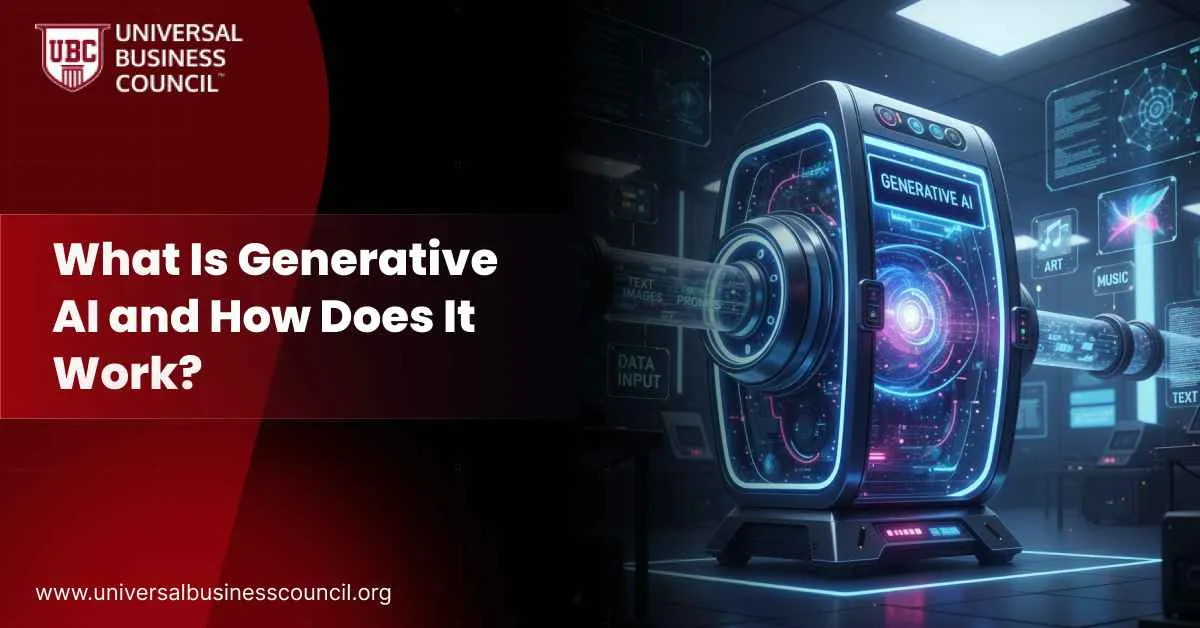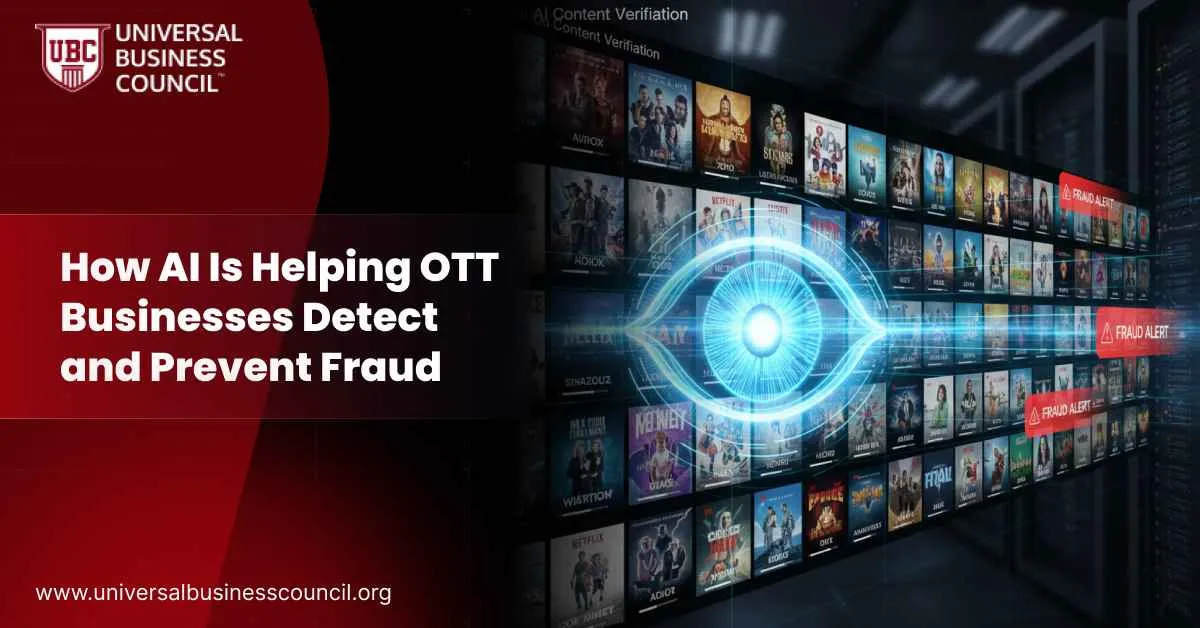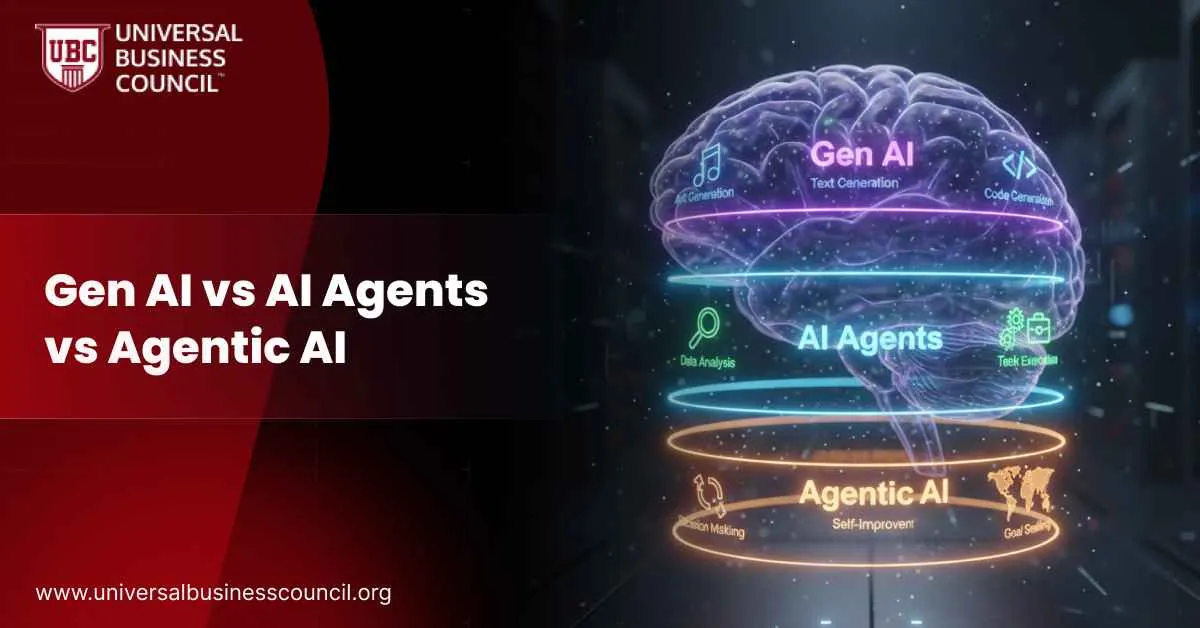 Generative AI is a type of artificial intelligence that doesn’t just process data — it creates something new. From text and images to music, video, and even design concepts, this technology is now shaping industries worldwide. Businesses, educators, and developers are paying close attention because it unlocks faster workflows and more creative possibilities. For professionals who want to build strategic knowledge in this area, pursuing a Marketing and Business Certification can help connect the technology to real-world growth opportunities.
Generative AI is a type of artificial intelligence that doesn’t just process data — it creates something new. From text and images to music, video, and even design concepts, this technology is now shaping industries worldwide. Businesses, educators, and developers are paying close attention because it unlocks faster workflows and more creative possibilities. For professionals who want to build strategic knowledge in this area, pursuing a Marketing and Business Certification can help connect the technology to real-world growth opportunities.
What Generative AI Really Means
Unlike traditional AI that classifies or predicts, generative AI learns patterns from massive datasets and then produces original outputs. That might be an image of a product that has never existed, a marketing email drafted in seconds, or a synthetic data set used to test systems. This makes it especially valuable in industries where creativity, scale, and personalization are crucial. The models behind generative AI, often called foundation models, are trained on diverse data sources. They become adaptable across tasks, from writing and summarization to generating 3D designs. As adoption spreads, people are exploring new ways to fine-tune these models for specific fields like healthcare, architecture, or entertainment.How Generative AI Works Step by Step
To understand how it works, it helps to break it down into stages:Training on Large Data
Generative AI models are exposed to massive amounts of text, images, audio, or video. They study the structure, patterns, and relationships inside the data. This training is usually unsupervised or semi-supervised, meaning the system doesn’t need perfectly labeled data.Architectures Powering the Models
There are several popular approaches:- GANs (Generative Adversarial Networks): a generator creates outputs, while a discriminator checks if they look real. Both improve by competing with each other.
- VAEs (Variational Autoencoders): compress data into a simpler form, then reconstruct it to allow controlled generation.
- Diffusion Models: start from random noise and gradually refine it into a clear output, commonly used in image and video tools today.
Using Prompts
Once trained, the model generates output based on instructions, often called prompts. For example, “Write a bedtime story about space travel” or “Create a watercolor painting of a mountain.” Conditioning can guide the style or tone of the result.Fine-Tuning
After the base training, the model is often fine-tuned with domain-specific data. This is how businesses get tools specialized in law, healthcare, finance, or other industries.Output Generation
Finally, the system generates new content — text, an image, a piece of music, or a simulation. For high-risk uses, post-processing and human checks are added to ensure accuracy, fairness, and safety.Types of Generative AI Models and Their Uses
| Model Type | Typical Applications |
| GANs (Generative Adversarial Networks) | Image generation, art, video effects |
| VAEs (Variational Autoencoders) | Synthetic data, anomaly detection, controlled outputs |
| Diffusion Models | High-quality image and video creation |
| Transformers (LLMs) | Chatbots, writing, summarization, translation |
| Multimodal Models | Text-to-image, text-to-video, interactive assistants |
| Reinforcement Learning Enhanced Models | Game development, adaptive simulations |
| Domain-Specific Fine-Tuned Models | Legal text drafting, medical imaging, financial reports |
| Lightweight Distilled Models | Mobile apps, edge computing, on-device AI |
| Hybrid Systems (Human + AI) | Content review, customer service, creative collaboration |
| Experimental Models | 3D design, scientific simulations, architectural planning |




Leave a Reply